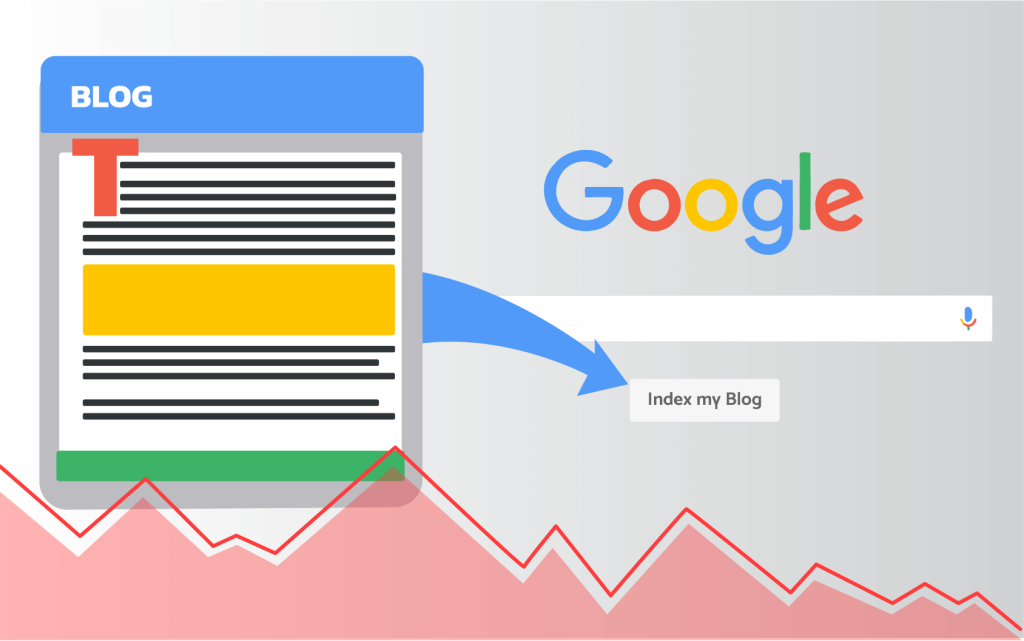In the rapidly evolving landscape of digital marketing, securing a spot in Google’s index is paramount for any website looking to enhance its online presence. Google’s indexing process is the gateway to visibility in search results, impacting how content is discovered, interpreted, and displayed to users. This article delves into the strategic approaches required to ensure your site is not only recognized by Google but also optimized for better ranking.
Understanding Google’s Indexing Process
What is Indexing?
Indexing is the process by which Google crawls the web, discovers new content, and adds that content to its index. Essentially, this process involves scanning new and updated webpages and storing a snapshot of them in Google’s massive database. Understanding this process is crucial for SEO professionals and website owners because it forms the basis of making a site visible in search results. Key features include the use of website indexers, the role of a site indexer, and the importance of regular content updates to maintain relevance in search rankings.
How Google Finds Your Site
To get a website indexed, Google first needs to discover it. This is typically achieved through links from other indexed websites, direct submissions via Google’s Search Console, or through Google’s own discovery processes. Employing a backlink indexer can expedite this process, as it helps to index backlinks, making them more likely to be crawled by Google. Additionally, tools like ‘add url Google’ within Google’s Search Console are crucial for directly informing Google of new content or changes.
Improving Your Website’s Crawlablility
Ensuring that your website is easily crawlable is a critical step in the indexing process. This involves optimizing site architecture, improving URL structure, and eliminating crawl errors that could prevent Google from accessing and indexing pages. Implementing a comprehensive site indexing strategy that includes SEO indexing, using sitemaps, and structured data, enhances Google’s ability to navigate and index the site efficiently. Accessibility features, like a responsive design and fast loading times, also play significant roles.
Optimizing Content for Indexing
Importance of Quality Content
Quality content is the cornerstone of effective SEO strategies. Google aims to index content that offers value to users, which means your content must be informative, well-written, and relevant to your audience. The role of a website indexer here is to ensure that content not only exists but is also recognized as valuable by search engines through the use of keywords, engaging media, and original research.
Keyword Optimization
Strategic use of keywords helps Google understand the context of your content, making it easier to index and rank in search results. This involves researching and incorporating keywords that are relevant to your content’s topic while avoiding keyword stuffing. A balanced approach to SEO indexing, where keywords enhance rather than dominate text, is essential for effective indexing and user engagement.
Utilizing Multimedia
Google’s indexing isn’t limited to text. Images, videos, and other multimedia elements can also be indexed and appear in search results. Ensuring these elements are optimized for SEO—with appropriate tags, descriptions, and file names—is crucial. This not only aids in indexing but improves user engagement, which indirectly boosts SEO efforts. Employing multimedia effectively requires a comprehensive understanding of SEO principles and how they apply to various types of content.
Continuously Monitoring and Updating Your SEO Strategy
Regular Audits and Adjustments
The digital landscape is constantly changing, and so are Google’s algorithms. Regular SEO audits are essential to ensure that your website not only complies with current standards but also adapts to new trends and changes in the indexing process. This includes updating content, reassessing keywords, and refining technical SEO elements.
Staying Updated with Google’s Algorithm Changes
Keeping abreast of Google’s algorithm updates can help you anticipate and react to changes in SEO practices. This proactive approach ensures your site remains optimized for the latest indexing criteria, helping maintain or improve your search rankings.
Leveraging Analytics for Insight-Driven Adjustments
Using analytics to drive SEO decisions is key to sustained success. Tools like Google Analytics provide critical data on user behavior, traffic sources, and engagement metrics. These insights allow you to fine-tune your SEO strategy, focusing on high-impact activities that boost indexing and visibility.
Conclusion
Getting indexed by Google is an essential step in achieving online visibility and success. By understanding and implementing the strategies outlined above—from optimizing content and leveraging backlinks to utilizing Google Search Console and maintaining technical SEO—you can enhance your website’s indexing potential and improve its overall search performance. With diligence and ongoing adjustments to your SEO strategy, your site can achieve and sustain high rankings, driving more organic traffic and achieving your digital marketing goals.






